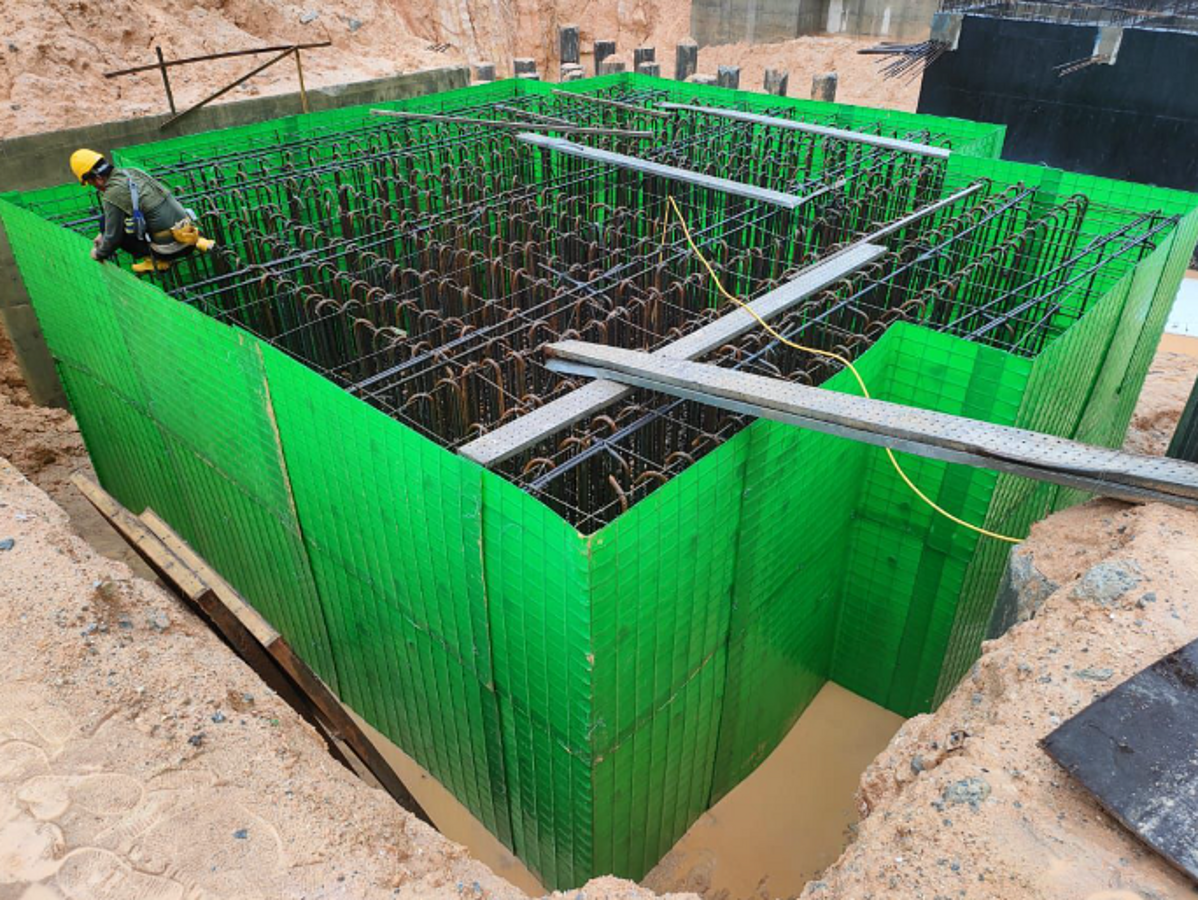Photo: "ADB has approved up to $4.3 billion to help finance the construction of the South Commuter Railway in the Philippines. The 54.6 km line will connect the capital Manila with the southern city of Calamba and help the country meet its climate change agenda.” [Asian Development Bank Facebook page]
A financial assistance of up to $4.3 billion loan was recently approved by the Asian Development Bank in order to support the construction of a 55-km suburban railway that will connect Metro Manila with the City of Calamba in Laguna province.
This is currently ADB’s largest infrastructure financing in the Asia and the Pacific region. The South Commuter Railway Project is part of the North-South Commuter Railway (NSCR) network. The project aims to provide commuters a fast public transport and reduction of traffic congestion. On a bigger picture, this project addresses the climate change problem since this transportation alternative will help in the reduction of greenhouse gases. Therefore, the project is in conformance with the Philippine climate change agenda.
From a report published by Philippine News Agency, “The project follows ADB’s financing of the Malolos-Clark Railway line north of the capital, for which construction is ongoing.” [1]
ADB Vice-President for East Asia and Southeast Asia and the Pacific, Ahmed Saeed stated, “The South Commuter Railway Project will provide affordable, safe, reliable, and fast public transport for commuters.”
“This project represents ADB’s biggest infrastructure investment and reflects our commitment to helping the Philippines attain its goals of reducing poverty, improving the lives of Filipinos, and achieving green, resilient, and high economic growth.”

The design of this railway project will be “disaster-resilient” and can hold out against natural disasters like earthquakes and strong typhoons. The railway’s elevated design will make it possible to avoid disruptions of floodings in the route in case of heavy rains.
Eighteen (18) stations will be constructed in order to deliver convenience and safe accessibility for elderly, people with disabilities, children and others. There will also be connecting tunnels that will facilitate direct trains from Calamba to Metro Manila for future projects.
Will this railway project help commuters travel faster? From the reports, the project is expected to reduce over a half of the usual travel time of 2.5 hours between Manila and Calamba.
The City of Calamba is a first-class city in the province of Laguna. According to a 2020 census, it has a population of 539,671 people, making it the most densely populated local government unit in Laguna. Calamba is located 50 km (31 mi) south of Manila.
Other than providing convenience and shorter travel time for commuters, the NSCR aims to further boost the country’s economic recovery from the pandemic. The project’s construction will bring job opportunities, both permanent and temporary work.
ADB supports the Department of Transportation (DOTr) through the Infrastructure Preparation and Innovation Facility. ADB’s load will assist the development and projects of DOTr.
Beginning this year, the South Commuter Railway Project will be financed with $1.75 billion, the first tranche of the multitranche financing facility (MFF). The second the third trances is expected to be released in 2024 and 2026. The coverage of ADB’s financing support includes civil works for the railway viaduct, stations, bridges, tunnels and depot buildings. Supporting this project, the The Japan International Cooperation Agency (JICA) will fund the rolling stock and railway systems.
The railway project is part of the Philippine government’s “Build, Build, Build” infrastructure development program. It is also one of the country’s infrastructure flagship projects.
ADB also financed other infrastructure flagship projects like the Metro Manila Bridges Project in 2021, the Angat Water Transmission Improvement Project in 2016, the Malolos Clark Railway Project in 2019, and more.
Since 1966, the Asian Development Bank has been providing financial assistance for the development of countries in Asia and in the Pacific region. ADB aims to reduce extreme poverty which is rampant in these regions. There are around 1.7 billion people in Asia and in the Pacific who are poor and have no access to basic needs and opportunities for a dignified living that every human being deserves to have. ADB supports its members and partners through the granting of loans, technical assistance, grants and equity investments with a goal to promote social and economic development.
“The Asian Development Bank (ADB) envisions a prosperous, inclusive, resilient, and sustainable Asia and the Pacific, while sustaining its efforts to eradicate extreme poverty in the region. Despite the region's many successes, it remains home to a large share of the world's poor: 263 million living on less than $1.90 a day and 1.1 billion on less than $3.20 a day.” [2]
Reference:
[1] Philippine News Agency (9 June 2022). "ADB approves financing for South Commuter Railway Project" Retrieved from - https://www.pna.gov.ph/articles/1176331
[2] Asian Development Bank website - https://www.adb.org/who-we-are/about
[3] Census of Population (2020). "Region IV-A (Calabarzon)". Total Population by Province, City, Municipality and Barangay. PSA. Retrieved July 8, 2021.










